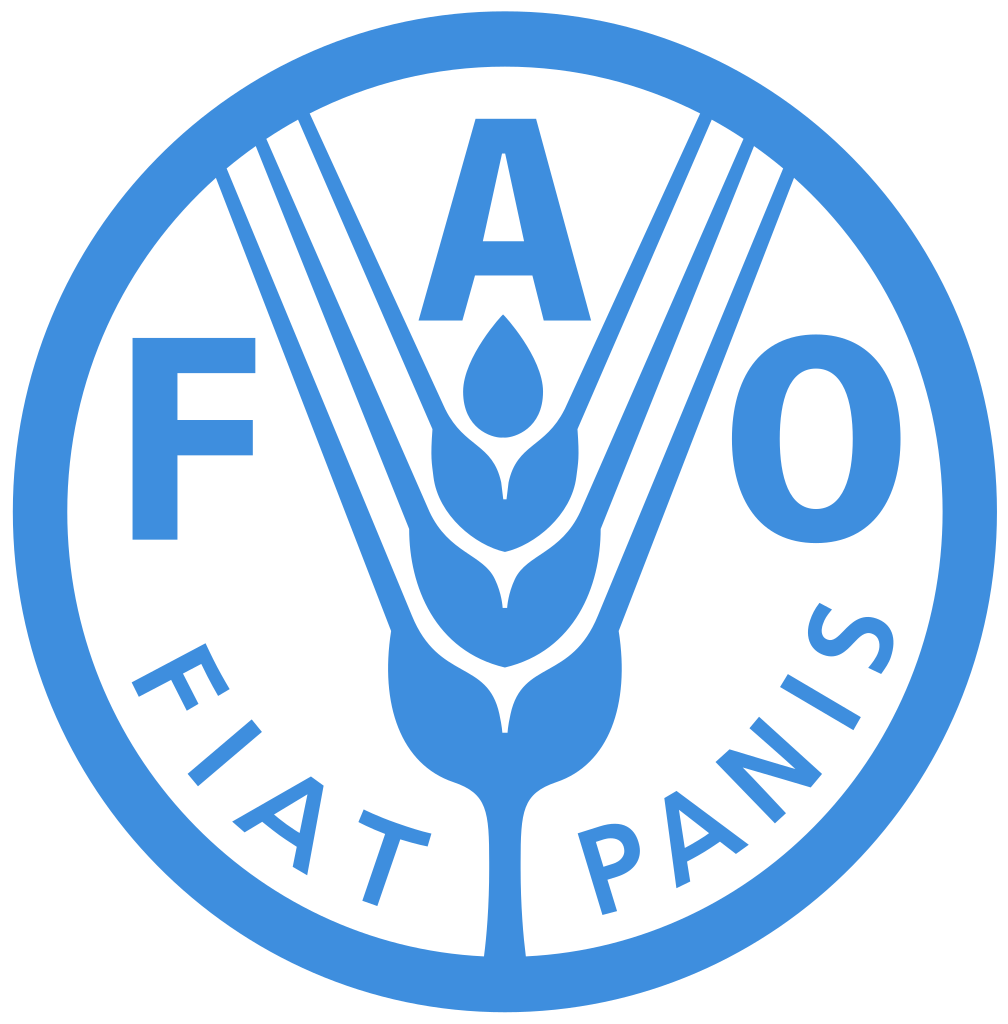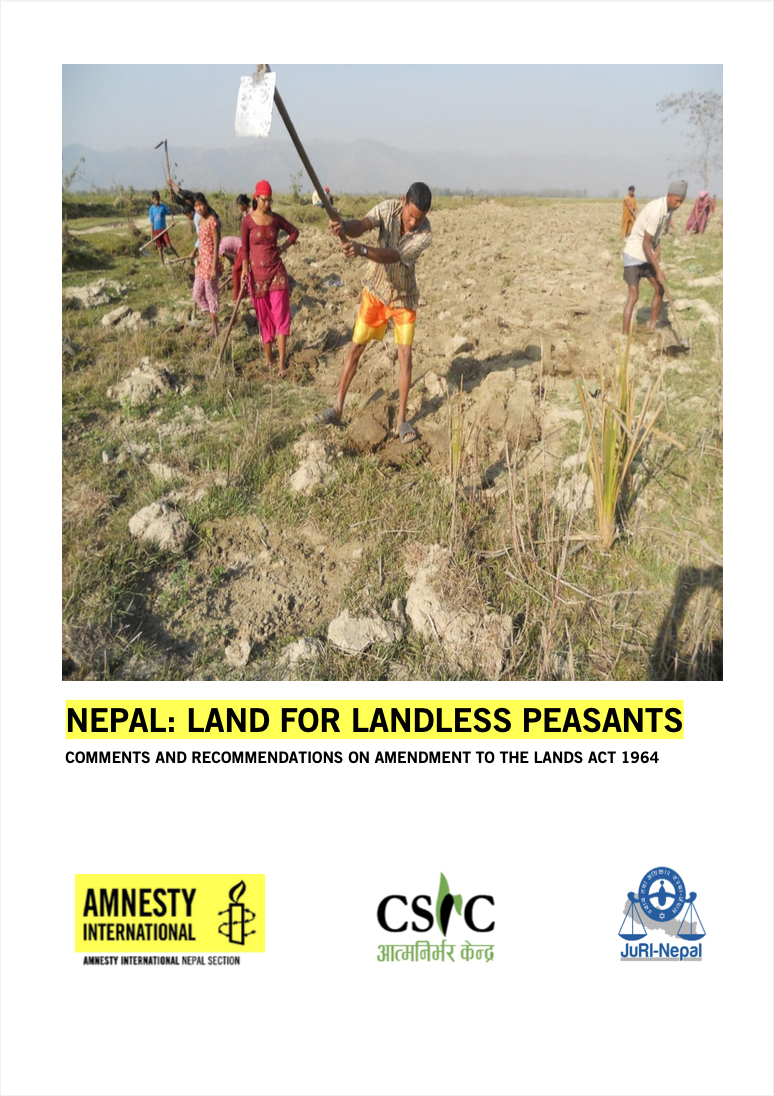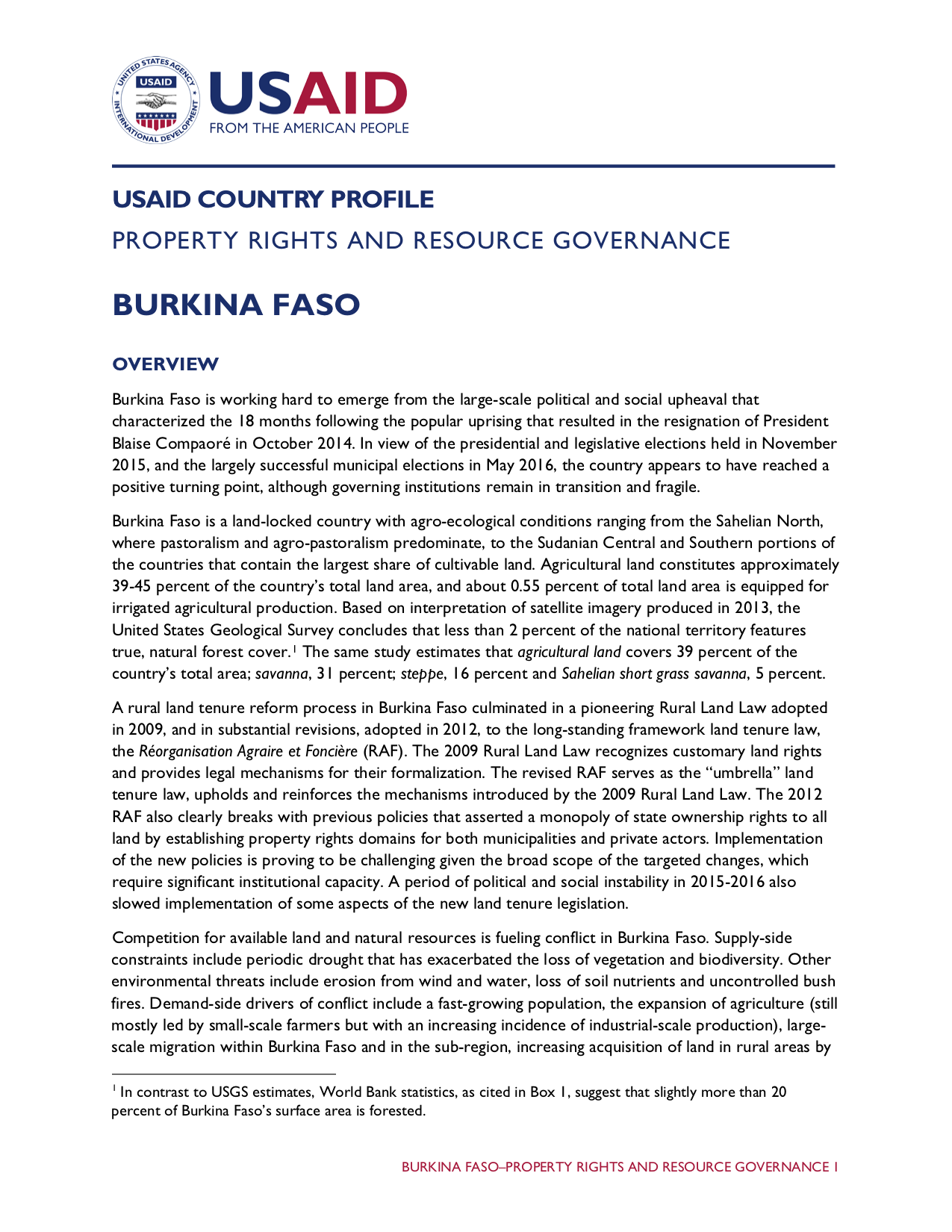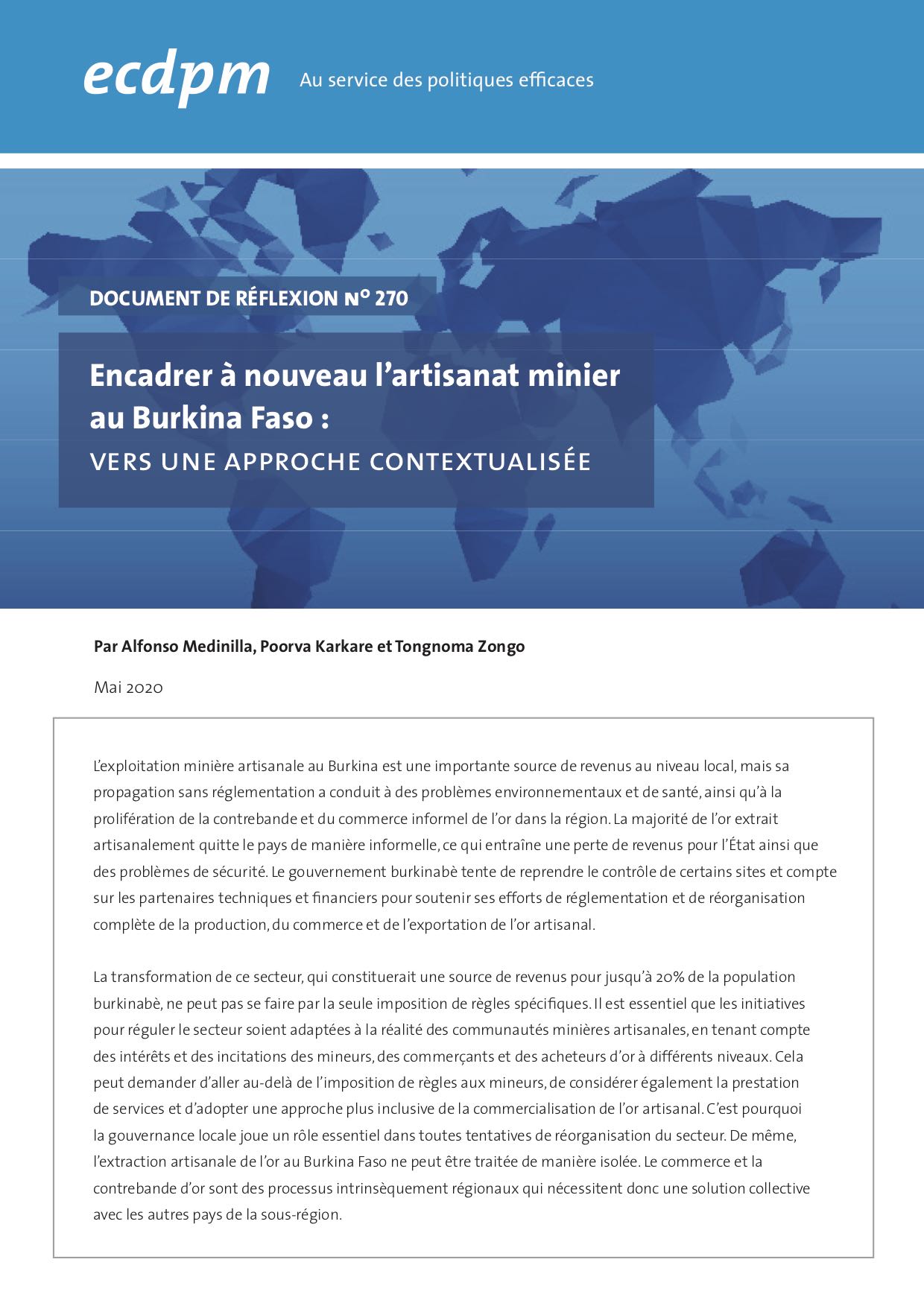land law
AGROVOC URI: http://aims.fao.org/aos/agrovoc/c_573abb9f
Uneven Ground: Land Inequality at the Heart of Unequal Societies
On 24 November 2020 the Land Inequality Initiative (International Land Coalition, OXFAM, Welthungerhilfe) launched its new research report "Uneven Ground: Land Inequality at the Heart of Unequal Societies", and a series of groundbreaking studies that reveal new insights and data proving that land inequality is rising.
In the new study released today, researchers say that land inequality is rising in Africa and globally. Worse, the unfettered realisation of land inequality trends would create a social and economic disaster of massive proportions on the continent.
WOMEN’S LAND RIGHTS, GENDER-RESPONSIVE POLICIES AND THE WORLD BANK
This paper was prepared for presentation at the “2015 World Bank Conference on Land and Poverty” in Washington DC last March 23-27, 2015 by Violeta P. Corral of the National Confederation of Small Farmers and Fishers Organizations (PAKISAMA), Philippines.
The Gender Evaluation Criteria (GEC) project was jointly implemented by PAKISAMA and Asian Farmers Association (AFA), support by the International Land Coalition (ILC).
Land conflict resolution: case studies in the Philippines
This article summarizes the nature of land-related conflicts in the Philippines within the context of the prevailing agrarian situation throughout the country. An analysis of the agrarian institutions and different types of development that have occurred in a number of regions provide a broad representation of the current situation.
Nepal: Land for Landless Peasants
ABSTRACTED FROM OVERVIEW:
The Lands Act 1964 was the first comprehensive piece of legislation which came into existence to pave the way for land reform. Key objectives of the Act were a) enhancing the standard of living of people dependent on land including through ensuring “equitable distribution of agricultural land”; and b) securing rapid economic development and wellbeing of the general population through attaining optimum agricultural growth.
USAID Country Profile: Property Rights and Resource Governance - Burkina Faso
Burkina Faso is working hard to emerge from the large-scale political and social upheaval that characterized the 18 months following the popular uprising that resulted in the resignation of President Blaise Compaoré in October 2014. In view of the presidential and legislative elections held in November 2015, and the largely successful municipal elections in May 2016, the country appears to have reached a positive turning point, although governing institutions remain in transition and fragile.
Encadrer à nouveau l’artisanat minier au Burkina Faso
L’exploitation minière artisanale au Burkina est une importante source de revenus au niveau local, mais sa propagation sans réglementation a conduit à des problèmes environnementaux et de santé, ainsi qu’à la prolifération de la contrebande et du commerce informel de l’or dans la région. La majorité de l’or extrait artisanalement quitte le pays de manière informelle, ce qui entraîne une perte de revenus pour l’État ainsi que des problèmes de sécurité.
Land reforms in Guinea
In Guinea, the land legislation and successive reform processes have shown their limits in dealing with the proliferation of major land and natural resource development projects in rural areas. The government has recently launched new land governance reforms. To ensure that the reforms are a success, several major challenges will need to be addressed as a priority. These challenges include the weak or non-existent recognition of collective customary rights of local communities, inadequate dispute resolution processes and inequitable land access for women.
Mainstreaming Land Acquisition and Resettlement Safeguards in the Central and West Asia Region
This Country Assessment (CA) for Azerbaijan is prepared under the ADB Regional Technical Assistance (RETA) 7433: Mainstreaming Land Acquisition and Resettlement Safeguards in the Central and West Asia Region. The RETA objective is to foster more effective infrastructure development in the region through the improvement of land acquisition and resettlement (LAR) practices.This country assessment entailed an analysis of project documents, a review of national legislation and questionnaires/interviews with representatives of state agencies, and LAR-affected communities.
Loi N° 037/2018 du 10/06/2019 portant réglementation du secteur minier
La présente loi s'applique à l'ensemble des activités ou opérations minières, notamment à la prospection, à la recherche, à l'évaluation, au développement, à la construction des infrastructures minières, à l'exploitation, à l'extraction, au traitement, à la production, à la transformation, au stockage, à l'exportation, à l'importation, au transport, à la commercialisation des substances minérales et à la promotion des investissements y relatifs, à l'exception de celles relatives aux hydrocarbures liquides ou gazeux et aux eaux.
Ordonnance n°002/PR/2017 du 27 février 2017 portant orientation de l'urbanisme en République Gabonaise.
La présente ordonnance porte orientation de l'urbanisme en République Gabonaise. A cet effet, elle fixe la planification urbaine. Il s’agit notamment documents de planification urbaine (le Schéma Directeur d'Aménagement et d'Urbanisme (SDAU); le Plan d'Occupation des Sols (POS); Plan Directeur d'Urbanisme (PDU); Plan de Secteur (SMART CODE); Plan d’Aménagement de Zone (PAZ); Règlement National d’urbanisme (RNU).
Cadre législatif et réglementaire du Tchad
Vaste pays (1 284 000km²), très largement désertique, au moins au nord de la frontière naturelle que constitue le Chari, le Tchad comptait une population de 10 millions d’habitants en 2006, dont le taux de croissance est de 3,3 % la même année1. Comme le relevait déjà une étude de 1996, la part urbaine de cette population est en forte expansion (taux de croissance de 4,8 %, mais avec des pics pour N’Djamena, 6 %, et Moundou, la ville du pétrole, avec 4,8 %). Cette population urbaine représenterait àpeu près 20 % de la population2.









